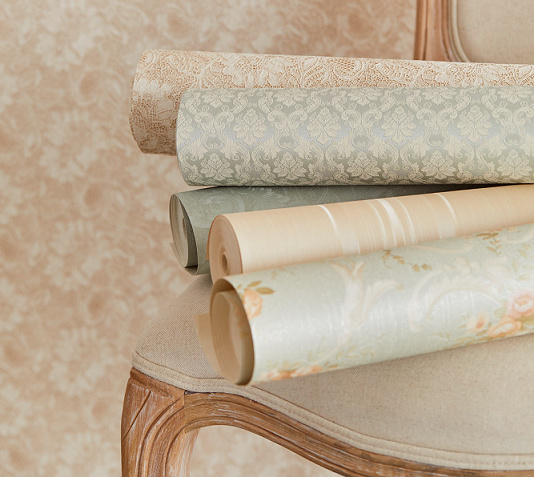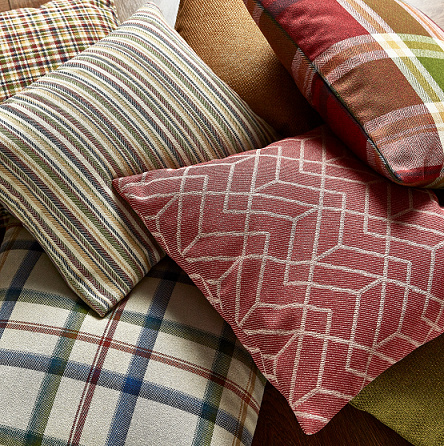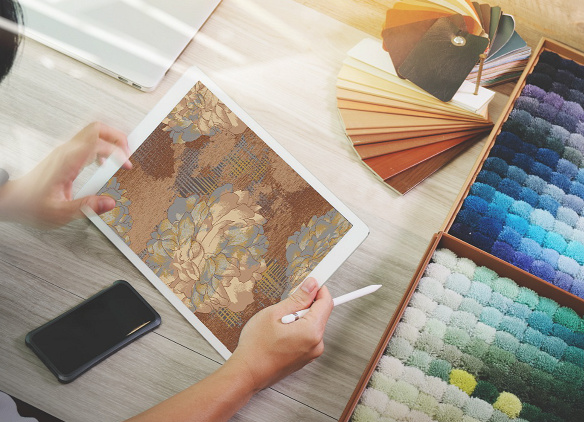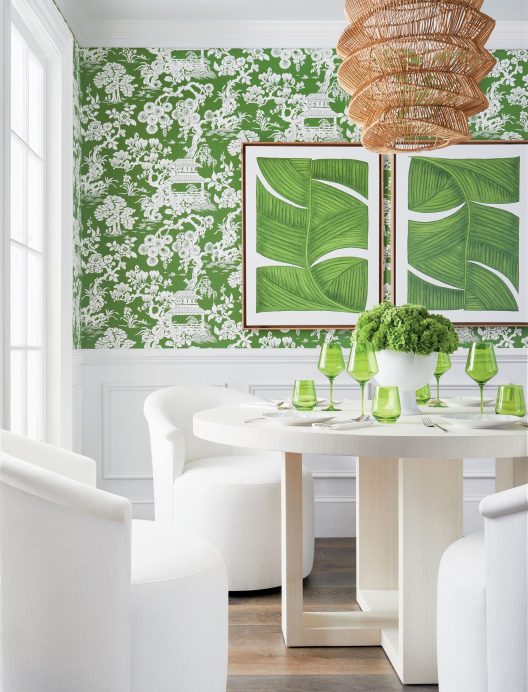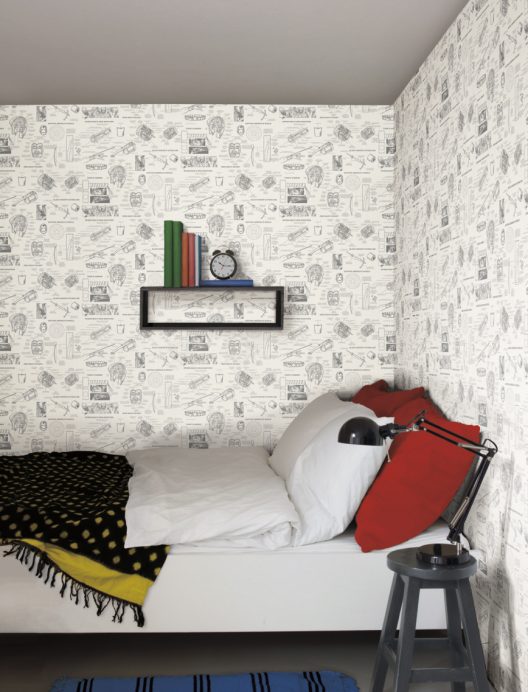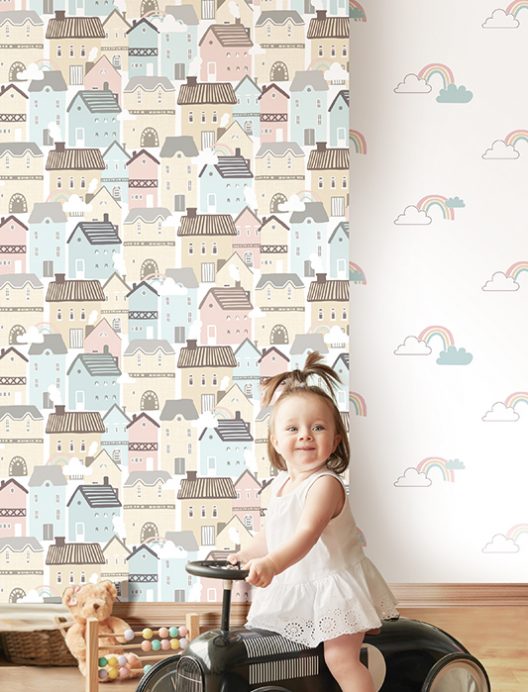4 Brilliant Tips for Designing Your New Nursery With Wallpaper
6th July 2023Welcome to the magical world of designing your new nursery!
When it comes to crafting that perfect space for your little one, nothing breathes life into a room quite like the right wallpaper for nurseries. Whether you’re a parent-to-be, eagerly anticipating the pitter-patter of tiny feet, or an interior designer seeking fresh inspiration, this post has got you covered.
Here, we’ll journey together through a wonderland of colors, patterns, and textures, exploring how wallpaper can transform a basic room into a nurturing, creative sanctuary for your baby.
Wallpaper isn’t just about aesthetic appeal – it’s a storytelling tool, a canvas to inspire dreams, and a backdrop to create memories. From understated elegance to bold, whimsical prints, the choice of kids wallpaper can set the tone for a myriad of delightful nursery themes.
So, whether you’re an ardent DIY enthusiast, or a beginner wanting to dip your toes into the world of nursery design, let’s discover together how wallpaper can turn your nursery from bland to brilliant!
Here are some tips and tricks of the trade that can guide you in creating a nursery that’s as unique as your precious little one.
1. Choose a theme.
Start by selecting a theme for the nursery. This could be anything from woodland creatures, to whimsical patterns, to subtle textures.
In choosing a theme, you might also want to consider wallpaper for a girl’s nursery or wallpaper for a boy’s nursery if you’re particular about colors and designs associated with a specific gender. For example, the color pink is typically considered a feminine color while blue denotes masculinity.
Of course, any color would do if you’re not into traditional color associations. You’ll also have a vast color palette and more designs to choose from.
If you’re designing for your child, consider the things you wish to share with them. For designers, understand the parents’ vision, their passions, and the feeling they want to evoke in the space.
2. Consider room size and lighting.
The wallpaper design and color can dramatically affect how big or small a room appears.
Lighter, pastel colors can help small rooms feel larger and more open, while darker colors can make large rooms feel cozy.
Don’t overlook natural lighting either. If the nursery has ample natural light, you can afford to experiment with darker shades without worrying about the room feeling gloomy.
3. Select a wallpaper.
When it comes to choosing a wallpaper for a nursery room, you can select from traditional, peel-and-stick, or vinyl wallpapers.
Traditional wallpapers are durable but require more effort to install and remove. Peel-and-stick options offer convenience in installation and removal, though they might not be as long-lasting.
Vinyl wallpapers are easy to clean, a trait that’s a boon for a nursery, though the design options might be more limited.
So, during wallpaper selection, make sure you consider these factors:
- Durability and cleanliness: Nurseries are active spaces, so consider durability and ease of cleaning in your wallpaper selection. A washable wallpaper can be a lifesaver when inevitable messes occur. If you choose non-washable wallpaper, consider adding a protective finish for longevity.
- Safety: Ensure the wallpaper for your baby’s room is non-toxic. Check that it is free from harmful chemicals such as volatile organic compounds (VOCs), polyvinyl chloride (PVC), and phthalates, which could potentially harm children’s health.
- Longevity: Look for wallpapers designed for busy, high-traffic areas such as hallways, family rooms, mudrooms, kitchens, bathrooms and of course, kid’s rooms. With wallpapers made for heavy use, you can encourage freedom of movement for the people who need it most: your little ones.
- Pattern size and complexity: Consider the impact of pattern size on the room. Large patterns can be overwhelming in small spaces, while small patterns may be lost in large rooms. Simplicity is often best for a nursery. Overly complex patterns might become a source of visual overstimulation for the baby.
- Flexibility for growth: Remember, children grow up fast. A wallpaper design that’s too babyish might be outgrown quickly. Consider choosing a design that can grow with your child, possibly transitioning from a nursery to a toddler’s room. Think timeless, rather than age-specific.
- Stimulating to the senses: Wallpapers now come in a variety of textures, from smooth to embossed designs. Textured wallpaper can add a sensory element to the room. Touch is a vital sense for a baby’s development, so consider this when selecting the design.
- Testing: Just like with paint, it’s wise to test wallpaper samples before making a final decision. Observe how it looks at different times of the day and under artificial light.
4. Create a feature wall.
If you’re worried about the room being too busy, consider wallpapering just one wall to create a feature or accent wall.
Using wallpaper for a nursery accent wall will bring a nice pop of color or pattern without overwhelming the space.
The Best Types of Wallpaper for a Nursery
Selecting the right wallpaper for a nursery is a critical step in the design process. Here are some top choices to consider:
- Non-woven wallpaper: These are excellent for nurseries. They’re made from a blend of synthetic and natural fibers, making them breathable (which helps to prevent mold), washable, and durable. They’re easy to install and remove without leaving any residue.
- Vinyl wallpaper: Vinyl wallpapers are popular choices due to their durability and ease of cleaning. They’re resistant to moisture, making them ideal for a nursery where spills and messes are commonplace. However, when choosing vinyl wallpapers, it’s essential to ensure that they are low-VOC or VOC-free, as some may release volatile organic compounds over time.
- Peel and stick wallpaper: Also known as removable wallpaper, this type is great for a nursery design that you intend to change as your child grows. It’s user-friendly and can be removed without damaging the walls, which is ideal if you live in a rented property. Just like with vinyl wallpaper, you should look for low-VOC or VOC-free options.
- Textured wallpaper: Adding a sensory element to the nursery, textured wallpaper can provide a subtle way for your baby to engage with their surroundings. Whether it’s a soft flock, a raised pattern, or a brushed suede effect, ensure it’s also easy to clean and free of harmful chemicals.
- Eco-friendly wallpaper: For environmentally conscious parents, eco-friendly wallpaper made from natural sustainable materials, like bamboo, grass cloth, or cork, is an excellent choice. This type of wallpaper is usually free from harmful chemicals and can add a unique aesthetic to your nursery.
Remember, whichever wallpaper type you choose, safety and ease of maintenance should be your primary considerations.
Always double-check for harmful substances, and opt for a design that can be cleaned easily and withstand the test of time.
Have Fun Designing!
Designing your little one’s room is an art form that welcomes individuality. There’s no one-size-fits-all rule here (and no place for plain wallpaper either) – just a kaleidoscope of colors, patterns, and textures waiting to be harnessed by your creativity.
Whether you’re a parent looking to create a warm, nurturing space, or an interior designer seeking to add that personal touch to a client’s nursery, wallpaper is your perfect canvas. Use it to express a mood, tell a story, or build a world of dreams for that tiny, special someone.
Need design advice or inspiration? Contact the NGC Nafees team.
We also do custom wall coverings for nurseries and children’s rooms, so do reach out to us and let us know about your requirements.
Back to Blog


